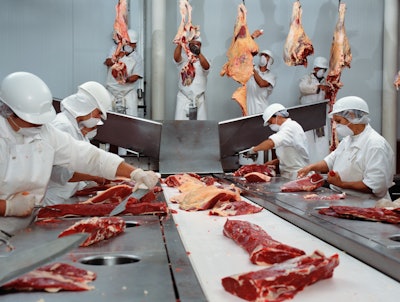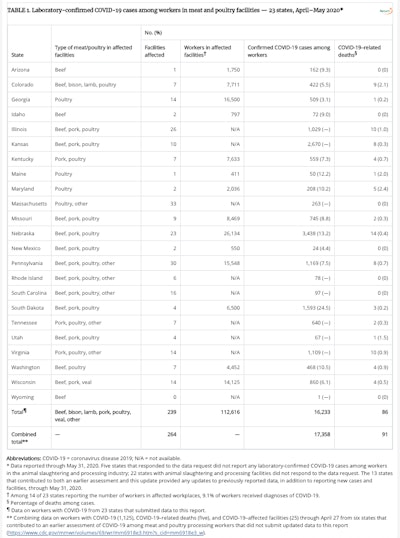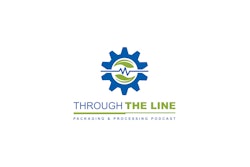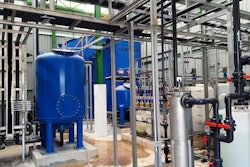
The following information is a synopsis of the details published by the Centers for Disease Control (CDC) between July 10 and 13, 2020.
Among 23 states reporting COVID-19 outbreaks in meat and poultry processing facilities, 16,233 cases in 239 facilities occurred, including 86 (0.5%) COVID-19–related deaths. Among cases with race/ethnicity reported, 87% occurred among racial or ethnic minorities. Commonly implemented interventions included worker screening, source control measures (universal face coverings), engineering controls (physical barriers), and infection prevention measures (additional hand hygiene stations), according to a recent CDC statement.
Assessment of COVID-19 cases among workers in 115 meat and poultry processing facilities through April 27, 2020, documented 4,913 cases and 20 deaths reported by 19 states. This report provides updated aggregate data from states regarding the number of meat and poultry processing facilities affected by COVID-19, the number and demographic characteristics of affected workers, and the number of COVID-19–associated deaths among workers, as well as descriptions of interventions and prevention efforts at these facilities. Aggregate data on confirmed COVID-19 cases and deaths among workers identified and reported through May 31, 2020, were obtained from 239 affected facilities (those with a laboratory-confirmed COVID-19 case in one or more workers) in 23 states.
COVID-19 was confirmed in 16,233 workers, including 86 COVID-19–related deaths. Among 14 states reporting the total number of workers in affected meat and poultry processing facilities (112,616), COVID-19 was diagnosed in 9.1% of workers. Among 9,919 (61%) cases in 21 states with reported race/ethnicity, 87% occurred among racial and ethnic minority workers. Commonly reported interventions and prevention efforts at facilities included implementing worker temperature or symptom screening and COVID-19 education, mandating face coverings, adding hand hygiene stations, and adding physical barriers between workers. occupational risk and Implementation of these interventions and prevention efforts across meat and poultry processing facilities nationally could help protect workers in this critical infrastructure industry.
Distinctive factors that increase meat and poultry processing workers’ risk for exposure to SARS-CoV-2, the virus that causes COVID-19, include prolonged close workplace contact with coworkers (within 6 feet for more than15 minutes) for long time periods (8–12 hour shifts), shared work spaces, shared transportation to and from the workplace, congregate housing, and frequent community contact with fellow workers. Many of these factors might also contribute to ongoing community transmission.
To better understand the effect of COVID-19 on workers in these facilities nationwide, on June 6, 2020, CDC requested that state health departments report aggregate surveillance data through May 31, 2020, for workers in all meat and poultry processing facilities affected by COVID-19, including 1.) the number and type of such facilities that had reported at least one confirmed COVID-19 case among workers, 2.) the total number of workers in affected facilities, 3.) the number of workers with laboratory-confirmed COVID-19, and 4.) the number of COVID-19–related worker deaths. States reported COVID-19 cases determined by the Council of State and Territorial Epidemiologists confirmed case definition.
Twenty-eight (56%) of 50 states responded, including 23 (82%) that reported at least one confirmed COVID-19 case among meat and poultry processing workers. Overall, 239 facilities reported 16,233 COVID-19 cases and 86 COVID-19–related deaths among workers. See table on this page or link to CDC. The median number of affected facilities per state was seven (interquartile range = 3–14). Among 14 states reporting the total number of workers in affected facilities, 9.1% of 112,616 workers received diagnoses of COVID-19. The percentage of workers with COVID-19 ranged from 3.1% to 24.5% per facility.

Twenty-one states provided information on demographic characteristics and symptom status of workers with COVID-19. Among the 12,100 (75%) and 12,365 (76%) patients with information on sex and age, 7,288 (60%) cases occurred among males, and 5,741 (46%) were aged 40–59 years, respectively (Figure). Among the 9,919 (61%) cases with race/ethnicity reported, 5,584 (56%) were in Hispanics, 1,842 (19%) in non-Hispanic blacks (blacks), 1,332 (13%) in non-Hispanic whites (whites), and 1,161 (12%) in Asians. Symptom status was reported for 10,284 (63%) cases; among these, 9,072 (88%) workers were symptomatic, and 1,212 (12%) were asymptomatic or presymptomatic.





















